Interaction Design is dead. What now?
The digital revolution was a gold rush for curious minds. Nobody knew what digital media actually was, only that it was about to impact our lives profoundly. It was unknown territory waiting to be filled with new artforms, designs and ways to understand the world.
Then this happened:

What’s going on?
1. Interaction Design is based on technological thinking
Interaction Design emerged from a technological — digital — revolution. So just like engineers, designers became problem solvers. In an avalanche of ever-accelerating trends the main questions of the technological designer have been: “What can we do with technology?” and “How can we do it?”
There is not much room for open questions like: “Why should we do it?”

2. Interaction Design is restricted to profitable applications.
After a phase of exploration, interaction designers today mostly serve one goal: to make money (or as they say in startup incubators: “to change the world”). The effort to commodify every nook and cranny of our (private) lives has become prevalent and it ignores everything that doesn’t fit into a business plan. The design of profitable digital products and services can limit your world view to an extremely narrow perspective.
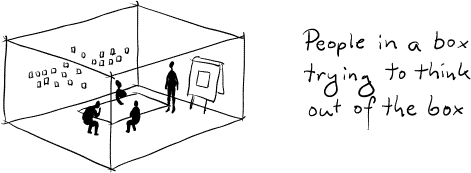
As a result most of today’s digital products and services are driven by consumption and the promise of comfort. Based on the problematic idea of infinite growth, many of them ruin our living environment, damage our social cohesion (how come “disruptive” has become a positive term?), dumb us down and confuse us while things around us get “smarter”.
Hence many young creative minds don’t see digital technology and interaction design as a field for personal growth and creative development. Digital media today seems to be made for consumers, business people and spys, not for artists.
Moving towards Biophilic Design
This led me to gradually steer the Interaction Design program at the University of Applied Science in Munich into a different direction. For now I call this direction “Biophilic Design”. Biological systems are at the heart of this design program.
It is based on three principles:
1. Design expresses our relations towards life
Take a look at all the human-made things around you! They all tell you something about how we see the world. An unsustainably produced cheap plastic cup tells a different story than a carefully crafted piece of pottery.
Our designs show our relations towards life and shape them.
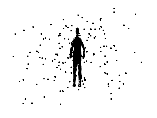
Let’s start with the design of our relation towards ourselves. What images and objects can support our ability to be present in the moment and maintain mental clarity in our age of super-abundant information? How can we make ourselves smarter rather than the things around us?
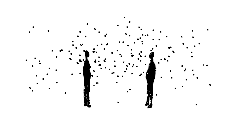
When it comes to our relations towards others, what are the alternatives to selfies and judgmental like-buttons on pretentious golden smartphones? What kind of design fosters resonance between people?
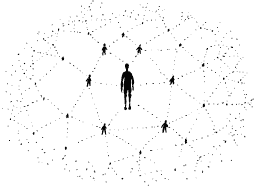
As real as their consequences are, social constructions like money, nations or “the economy” don’t really exist — we made them up to coordinate our co-existence. How can our communication designs reveal how our social constructions work and help to shape them?

At the core of a life friendly design stands our relation towards our living environment and our own biological existence. The progress in bio-science and sustainable design needs a more comprehensive discourse among designers which goes beyond technological solutions or the reduction of our “ecological footprint”. Rules or laws are not enough, we also need a profound life friendly philosophical discourse which manifests itself in our designs.
2. We ask: Why?
The questions “What can we do with it?” and “How can we do it?” have something in common: They can be answered in a straightforward manner with results or solutions: products, services and communication tools for example.
In the field of the arts on the other hand we find a tradition of asking open questions and create rooms for interpretations rather than solutions.
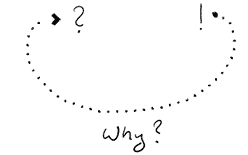
Many of the most interesting design projects I see students create don’t have clear “results” but instead raise interesting questions. They intuitively follow a path of creation without knowing in advance why they are doing it and where it will lead them. For instance they might explore “boredom” or “idleness” with no clear intention of coming up with a final product that solves a problem but rather a creative investigation. Let’s embrace this kind of work on open questions, and firmly integrate it as “serious” design — because it is.
Designers do not just solve problems, they also discover them.
3. The joy of creation
So how do you teach design? You can’t. All you can do is provide a framework in which students enjoy to discover it for themselves.
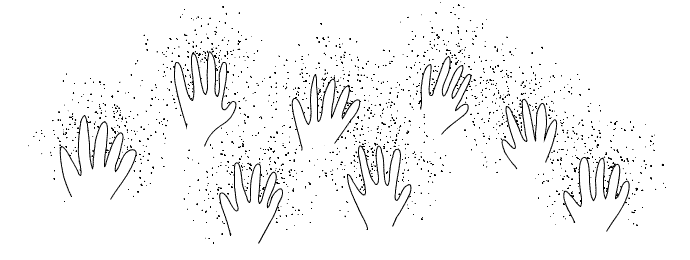
So my only advice to students is: Pick a craft and make beautiful stuff!
Design has its roots in craft. And I consider craft to be the central catalyst to achieve any knowledge in design. (The term “craft” here includes any activity that is done well for its own sake and in which one can acquire mastery.) What is truly important in any creative endeavour cannot be conveyed with words. The talking professor in front of a class is an amusing ritual but the essential knowledge in design is tacit. It is won through physical interaction with the world in the pursuit of mastery.
Learning a craft does not only sharpen the students’ body and mind, it also gives them immediate feedback and thus connects them to the world. It provides them with a sense of agency.
Before you go
If you enjoyed this article, then subscribe to my mailing list to receive more animated stories!